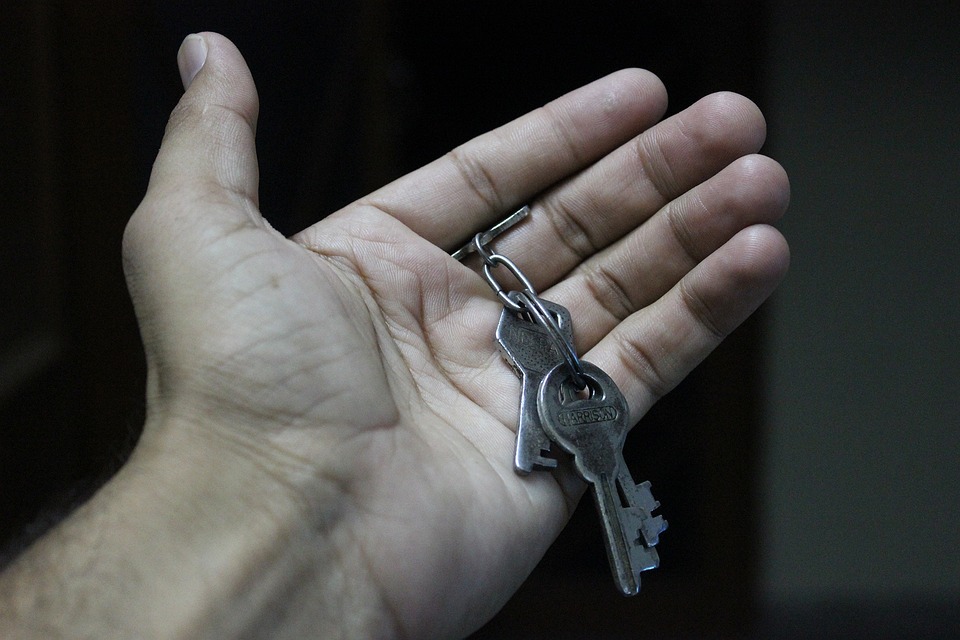The Ultimate Guide to Organic Gardening in Small Spaces
Introduction
Embarking on the fulfilling journey of organic gardening in small spaces lets you cultivate fresh, nutritious food and vibrant greenery right outside your door. Perfect for urban environments, this impactful approach enhances your outdoor oasis without compromising on ecological responsibility.
Choosing Your Space
Start by assessing your available space. Consider sun exposure, access to water, and drainage. Identify potential areas like patios, balconies, rooftops, or even windowsills. Research local regulations to ensure any planting restrictions.
Essential Tools for Small Space Gardening
Small garden tools are vital. Invest in compact hand trowels, hand cultivators, mini rakes, and compact gardening gloves. Consider space-saving tool racks and vertical gardening systems.
Selecting Plants
Research the best plants for small gardens. Choose dwarf varieties of vegetables and fruits. Opt for companion planting to maximize space and repel pests. Herbs like rosemary and chives naturally repel insects.
Organic Pest Control Methods
Natural pest control is key. Encourage beneficial insects like ladybugs and lacewings. Repel unwanted visitors with insecticidal soap, neem oil, or companion planting.
Maximizing Your Yield
Rotate crops to prevent soil depletion. Practice interplanting to maximize space. Utilize vertical gardening techniques like trellises and hanging baskets. Consider collecting rainwater in a rain barrel.
Conclusion
Organic gardening in small spaces fosters a connection to nature and empowers you to grow your own food. Remember to share your valuable tips and challenges in the comments below.
Call to Action
Ready to start your organic gardening journey? Share your unique space-saving tips and inspiring photos to inspire others.
Keywords:
- Organic gardening in small spaces
- Urban organic gardening
- Small garden tools
- Best plants for small gardens
- Natural pest control
- Increasing garden yield
